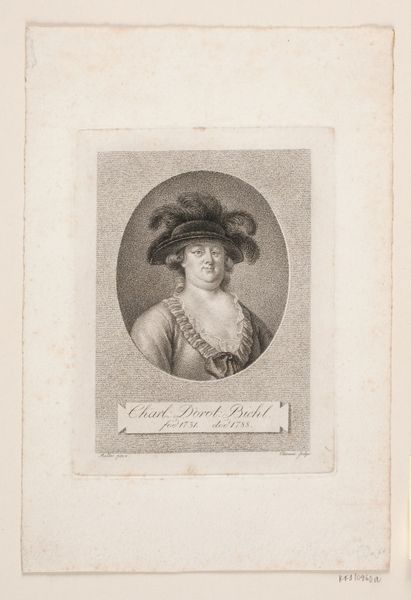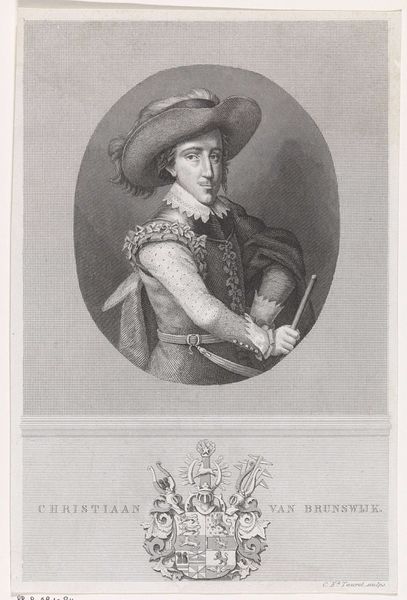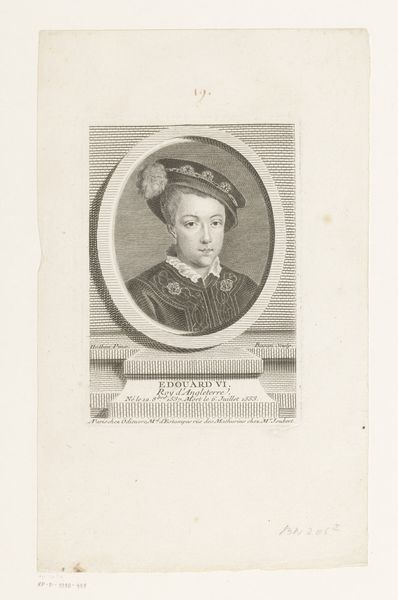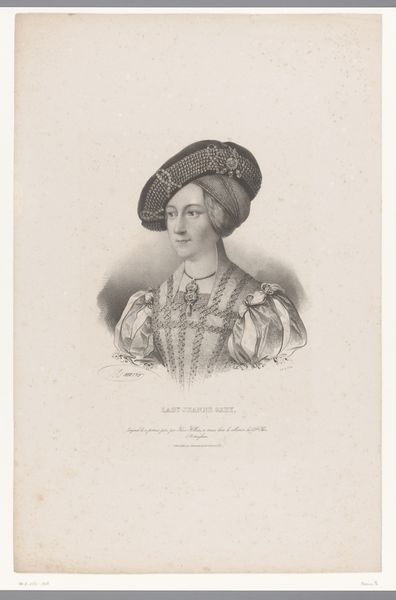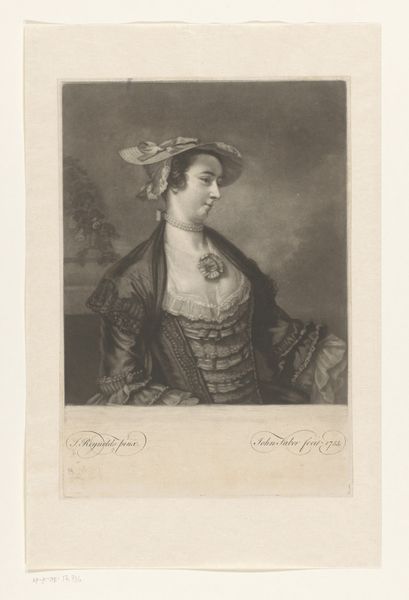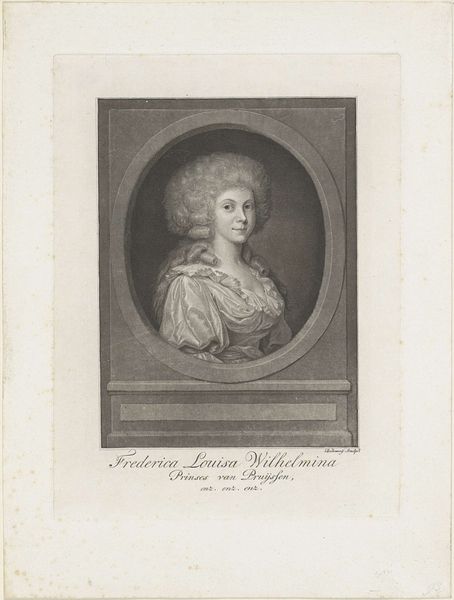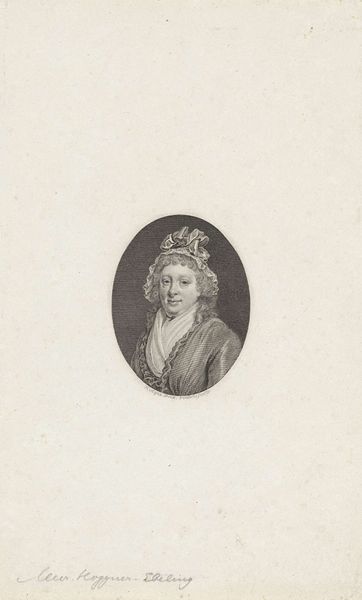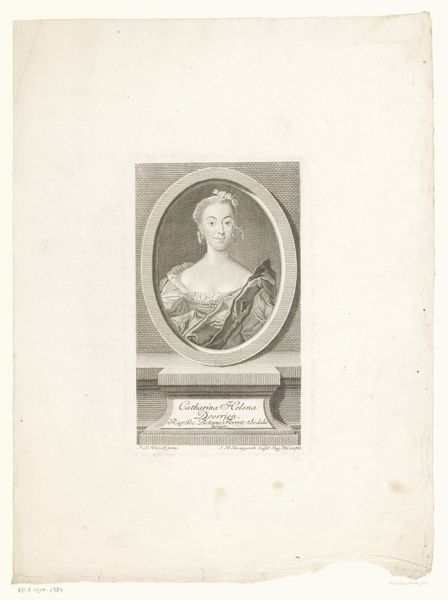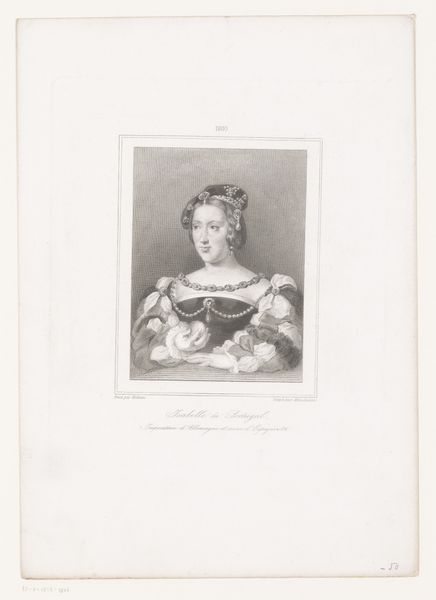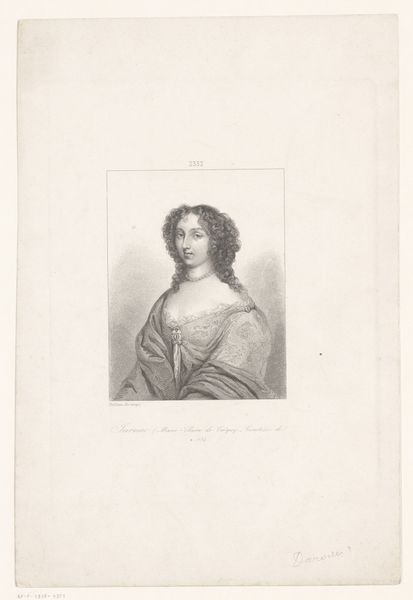
drawing, pencil
#
portrait
#
drawing
#
pencil
#
history-painting
#
academic-art
#
realism
Dimensions: height 317 mm, width 235 mm
Copyright: Rijks Museum: Open Domain
Amédée Félix Barthélemy Geille created this portrait of Charles V using an engraving technique. Geille’s portrait invites us to consider the representation of power and identity. During the 19th century, there was a rise in romantic nationalism, a cultural movement that sought to define national identity. In this context, portraits of historical figures like Charles V served as tools to construct a shared past and legitimize contemporary political agendas. Charles V, Holy Roman Emperor, King of Spain, and Archduke of Austria, embodied a complex web of power relations across Europe. Geille's approach to this portrait raises questions about the nature of representation and the relationship between historical figures and their constructed image. What does it mean to depict a ruler who embodied imperial power during a period of rising nationalism? How do these historical representations influence our understanding of power today? As you reflect on the image of Charles V, consider how notions of identity are shaped by the way we choose to remember the past.
Comments
No comments
Be the first to comment and join the conversation on the ultimate creative platform.
